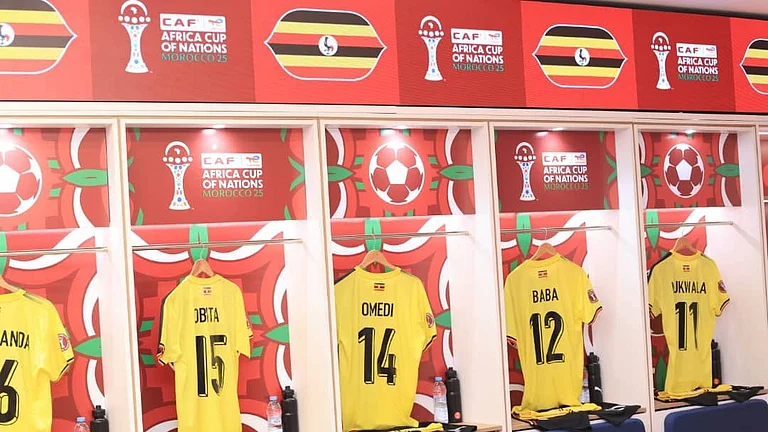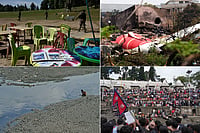Picture this: an entire wall of your room 'pasted' with the new-generation LED (light-emitting diodes) which serves as your white heatless room light, your ultra-large TV screen and your computer monitor. Or the mobile phone transformed to not just help you check e-mails but also heat water, cook, read out customised morning headlines, remind you of the day's appointments, and even give the box office previews of the latest films.
What's more, the handheld gadget is expected to double up as remote control for the TV, the AC, the music system and even operate your car's security system in the near future. And while you drive, it would also help you navigate using the GPS service, enabling you reach your destination through the shortest route. Just five years ago, all this would have sounded like fantasy, but today it's truly happening. Technology is controlling a large part of our lives and making us do things in different ways, with devices that are making both work and entertainment easier and better.
More significantly, constantly evolving technology is pushing convergence—of functions, applications and devices—in such ways that everything is getting shrink-wrapped into one all-encompassing gadget. Soon, you will have devices that talk to each other and ensure all our earthly functions are completed even before we blink. Says Dr P. Anandan, director, Microsoft Research India: "We are getting to a point where the impact of technology will go beyond science and computers. Pretty soon, we will see devices having the ability to detect each other's presence, share information and work together to complete a task."
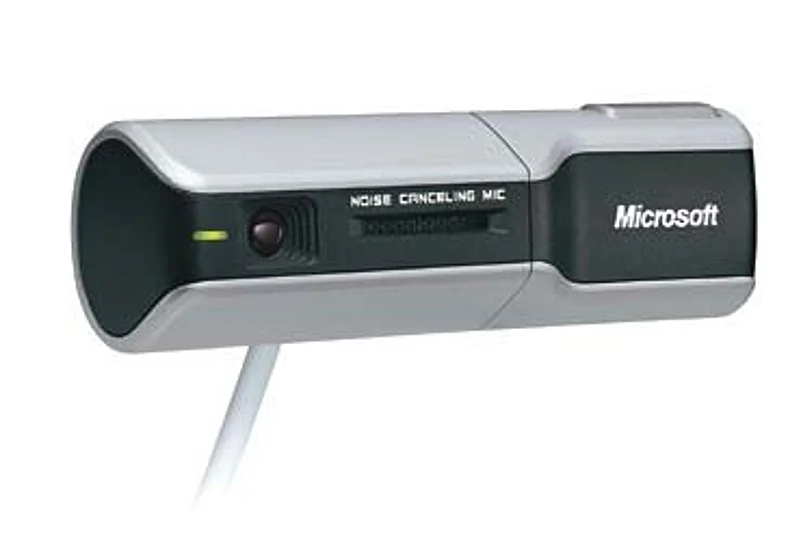
Microsoft NX 6000 High-resolution web camera for laptops. Has 7.6 MP still, 2 MP video resolution and a built-in microphone for audio recording.
Technologists and researchers believe the very face of gadgets may get transformed in the very near future. Says S. Bhaskaran, senior director, Software Competence Centre, Philips Medical Systems, Philips Innovation Campus, Bangalore: "The biggest change may come in the way we perceive lighting. It may be totally different from the way we know it today." Just as bulbs are being eased out by the compressed fluorescent lamp (CFL), the next revolution in lighting is expected with the introduction of LED. Till recently, it was impossible to produce white light from LEDs—widely used in traffic lights, music and medical systems and for various indicators. But recent technological advances have been successful in crossing that barrier.
The fact is LED lighting is not only more luminous but even more energy-efficient than CFLs. It also removes a large amount of heat from the system. With economies of use will come ease of use. From pasting on walls for lightening, LED panels would offer the option of replacing the usual glass window panes, even double up as your TV or computer screen because they would be capable of projecting video signals. Globally, LED is used as large format panels on buildings to run company videos. Soon, this will come into homes.
Technology will of course fundamentally alter many concepts that you take for granted. For instance, until recently taking pictures meant using cameras. Not anymore. Today, people use their phones, rather than cameras, to take pictures. Says Lloyd Mathias, marketing director, Motorola India: "The camera-owning population is about 28-30 million but over 200 million people own mobile phones, of which at least 50 million have phones with cameras." The mobile phone signifies best how technology is moving towards convergence of many products. From a mere handset to make calls, and later send and receive short texts, in less than five years, they are taking and transmitting pictures, playing music, managing appointments, accessing the Internet and playing FM radio.
Pretty soon, we will see TV and watch full-length feature films on our mobile phones. While some phone models are already "TV-ready", the service is yet to begin commercially. A pilot is currently on in Delhi, which telecasts a few of Doordarshan's channels on the mobile phone. So if you have a compatible phone and are within the telecast range of the pilot project in Delhi, you may be able to catch the action from the ongoing India-Pakistan one-day cricket series while on the move. And if you are one for catching a quick film between long meetings or while travelling, you could get busy with one of the new-generation phones, which are equipped to play full-length feature films. The new Nokia N81 launched this month comes pre-loaded with Bollywood's greatest hit, Sholay.
Other, more innovative functions are not far away. In a pilot project in Korea, customers can now order food in a restaurant merely by pointing their cellphones at items on a menu using RFID (radio frequency identification) technology. The bill is added to their cellphone dues.
Some devices like the BlackBerry, the Nokia E series and Motorola's Q have gone a step further, conquered e-mail territory as well. These smartphones allow you to access and send e-mails from anywhere anytime, on the move, on a flight and even from all those places you thought you can't be reached otherwise. These devices, which sport a Qwerty keypad like a conventional computer, have large screens and can perform most important office functions that laptops do, apart from the great entertainment experience. No wonder they are a rage among upwardly mobile executives.
As G.K. Chakrapani, country manager, Nokia Enterprise Solutions, says: "We are now seeing two types of convergence happening—in computing applications on the phone and in entertainment. Pretty soon, the line between an enterprise phone and an entertainment phone will blur as capabilities for both kinds of functions merge." Agrees Vineet Ahuja, multimedia business director, Nokia India: "Already, phones are coming with PC-like capabilities of mobile Internet and w-lan. The next big thing will be the convergence in services to support these technologies." Pretty soon, say Nokia officials, devices will address the growing clan of community site users and automatically inform people of one's presence if a user steps into a new city.
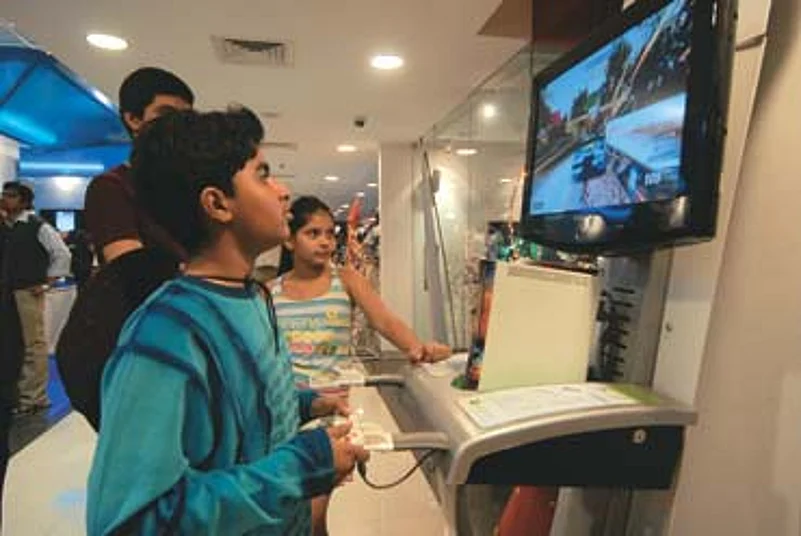
Drive safe Kids playing on the Microsoft Xbox 360, one of the big three in gaming machines
The other big thing in mobile space would be gaming, an aspect most mobile phone manufacturers are upbeat about. Gaming, which is already becoming a cult movement with devices like Microsoft's Xbox 360, Sony's PlayStation and Nintendo's Wii, is coming big time into the mobile device. Sony's handheld version PlayStation Portable was a huge success among gamers. No wonder mobile phone manufacturers have stepped on the gear to make the gaming experience richer on the mobile phone.
Nokia is close to launching its own gaming service N-Gage which will cater to serious mobile gamers. Says Chakrapani: "Gaming is set to be big on mobile devices, which in turn has necessitated larger capacity in them." And that's clearly happening. The increasing demand for music and games has companies increasingly upping the box limits in the phones. Nokia's new N95, for instance, now comes with 8 GB capacity—bigger than some of the older computers still in use.
The transformation of the mobile from the conventional bar design to the clamshell to the innovative designs and shapes with bigger colour LCD screens, stereo speakers and Qwerty keypads is quietly transforming the lives of executives, many of whom find no time even for themselves, let alone family.
Take the case of IIT Delhi alumnus Sanjiv Dua and wife Somini who share the same office on Calcutta's Park Street. Sanjiv, who runs an industrial electricals and automation company, rarely goes to the other side where his wife runs a PR agency. "I just dial her from my cellphone. I feel too lethargic to use the intercom, which one has to reach out for, can't talk on while sauntering and is quite like a landline. Since landlines have become obsolete, using the intercom seems to be like stepping back into time. I'm most comfortable with my cell," he says. Sanjiv uses a touchscreen handset and is eagerly awaiting the iPhone launch in India.
These gadgets have become so personal and ubiquitous in people's lives that it's difficult for many to live without them. Sanjiv admits it's something he "just can't do without, not even while I'm lounging around at home". Similarly, Sharmistha Nandi, 33, a placement consultant in the same city, reaches out for her Blackberry Pearl 8100 first thing after waking up in the morning. As she puts it, "If I don't have it within visual range always, I get agitated."
Quite understandably, this obsession for gadgets is also leading to a few social problems in Indian families. Nandi confesses that a year ago "irreconcilable differences" over "technical matters" LED to her divorce with her "tech-unsavvy" husband "who used a very old mobile phone set that wasn't even a colour set, had no camera and was so ugly".
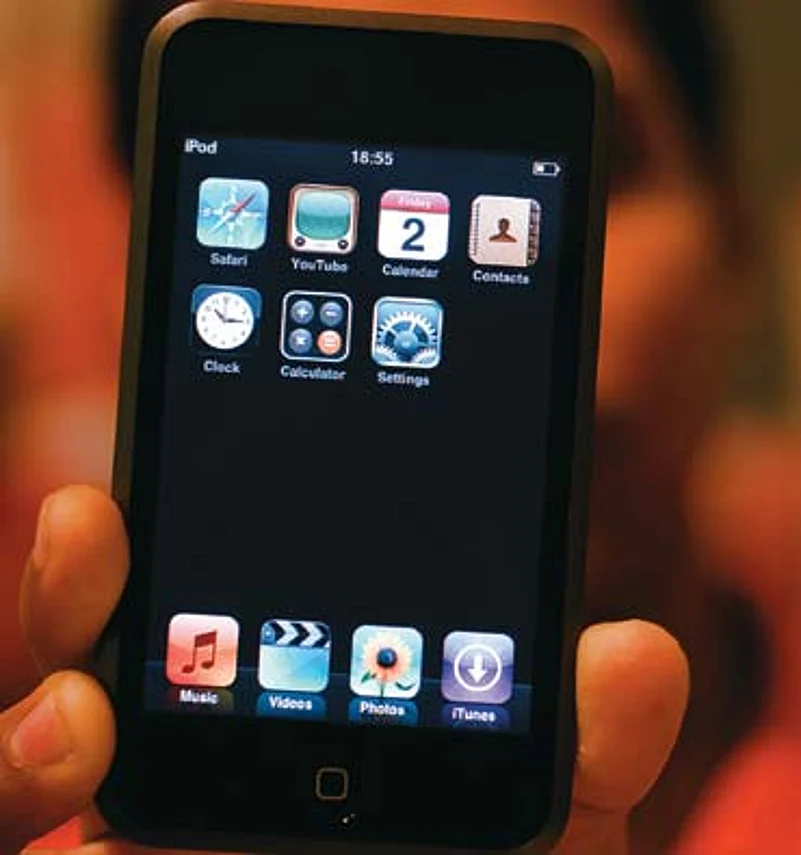
Apple a day You use your fingers to control the new iPhone’s functions; has pinch-zooming and spiffy overall feel
Change, it is said, is the only constant as far as technology is concerned. The mobile phone, which recently saw revolutionary new features when Apple launched the touchscreen iPhone, is slated to take a further quantum leap when Google comes out with its G-phone. The much-anticipated G-phone, whose coordinates were announced recently, is not a hardware device but a platform to make the use of the mobile phone a much better experience.
If iPhone has changed the way we know our mobile phone, G-phone is slated to change the way we use it. Like Linux changed the parameters of computing through open source software, Google has announced the Open Handset Alliance and the Android open source mobile phone platform, which essentially talks about open source mobile software against the proprietary software that is prevalent today.
Manufacturers have cut no corners in adding more new features in mobile phones and devices, but most work on the assumption that there's a robust Internet link within reach. This has been the biggest limiting factor in realising the full potential of these devices.
The delay in the coming of 3G services, which promises to give us better user-experience on these hi-tech devices, has also stifled the growth of such applications and technologies. But it's a major infrastructure shortcoming that only the government can address. Says Mathias: "Though the devices are equipped, currently we can only put them to limited use. Only with 3G can we realise their full potential." He also feels that with a multiplicity of features and applications, we are not far from a situation when phones, like PCs, would be customised to user specification in terms of both hardware and software.
The computing space is also seeing large-scale changes with laptops gradually replacing the desktop PC in people's preference. Gradually, PC makers are raising the bar in features and specifications to make the computer one gigantic do-it-all machine. Simultaneously, from being restricted to typical office applications due to small storage capacity, today computers are coming with large storage capacity not just within the white box but even in small, portable external devices. These are able to store not just data but also music, video, pictures and just about anything you can think of. Forget the keyboard, now you can write straight onto the laptop screen in your own handwriting if you have a Touchscreen PC and a stylus pen instead of a mouse to navigate.
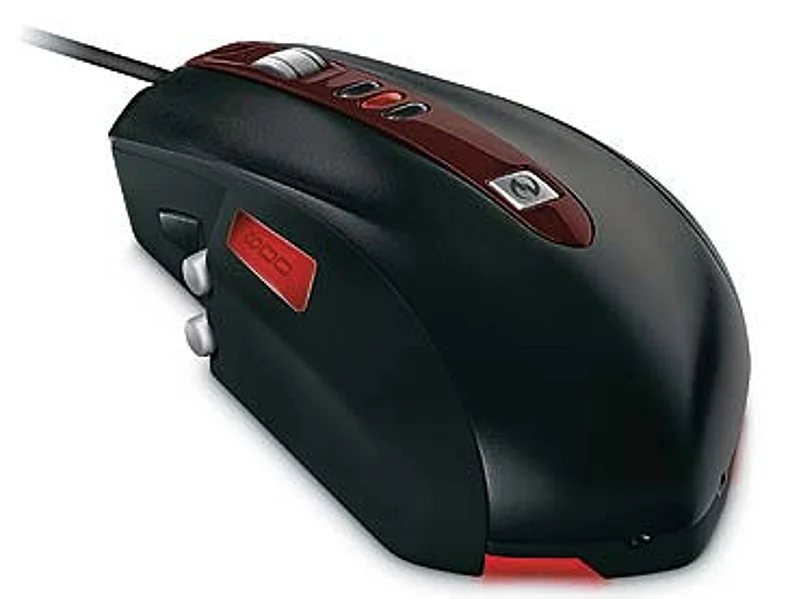
MS Sidewinder Mouse Primarily for gamers, it has buttons to move in all directions, even an LCD display and adjustable weight from 5-30 gms.
Says Mohit Anand, country manager, Microsoft Entertainment & Devices division, MS India: "The PC is the traditional centre of all devices with products being developed around it. " And these products are undergoing constant evolution and upgradation, applying the latest technologies and giving users a new experience with every new gadget. Over the next month, Microsoft will launch a dozen new products including a 7.6 megapixel webcam, a rechargable wireless keyboard and a sidewinder mouse, all designed to change user experience.
The mouse itself has lost its tail and become wireless and is also storing data apart from being a navigation/pointing device. With buttons to run your music files and videos, the mouse is now running with the help of LED instead of the quintessential track ball one has grown up with.
In the entertainment space too, newer technologies are hitting the market, changing its definition every day. Speakers are becoming smaller while TV screens are becoming larger-than-life. While the transition from the conventional cathode ray tube (CRT)-based TV sets to LCD and Plasma panels began a couple of years ago, now the panel itself is turning a new leaf with the coming of organic LED (OLED) which is the fourth flat screen technology after Liquid Crystal Display (LCD), plasma and surface-conduction electron-emitter display (SED).
The organic process used in OLED is electrophosphorescence, a biological phenomenon that insects like fireflies possess naturally. The OLED panels are usually less than 0.5 thousandths of a millimetre thick and produce self-luminous displays that do not require backlighting, can operate at very low power and are very lightweight. Of course, the high price is a major deterrent but, like most things, give it a few years.
Last year, the global tech arena was abuzz with the tussle between two camps backed by several tech biggies over what would be the next big thing after DVD. One camp, backed by companies like Sony, Philips and Samsung promoted a technology called Blu-Ray while the other, supported by Toshiba Corporation, pushed high definition DVD or HD-DVD. Compared to the DVD's red laser, the blue laser used by the two new technologies to read and write data has a smaller wavelength that allows a higher recording density. As a result, the capacity of both Blu-Ray and HD-DVD disks is a lot larger than the DVD.
Though both technologies got under way commercially, the tussle continues. Today, there are gadgets supporting both Blu-Ray and HD-DVD in the market but who will take a call on which is best? Both have unique features, so you'll have to be your own judge.
A lot is also happening in the field of medical diagnostics technologies. Says Bhaskaran: "Like entertainment, which came from the theatre to the confines of one's home, healthcare will come home from the hospital." This, he feels, will be driven by some breakthrough technologies that will allow people to get not just diagnostics and therapy done from home but also get expert advice and treatment right from their living rooms. While the Internet has enabled e-treatment and e-medicine in many places, nanotechnology and micro array technology will help conduct blood tests in a non-invasive manner. This means we would be able to get blood reports of any kind without shedding even a drop of blood.
Medicines themselves would be customised according to a person's genetic map, and technology will enable localised drug delivery where the medicine can be administered right at the point of the ailment instead of popping a pill that attacks the entire body. What would probably come as a relief to most people is the prospect of injection syringes that will not use any needle and administer the medicine through a special laser technology.
So where does this march of technology stop? Perhaps nowhere as technology is constantly evolving, and gradually becoming smaller and practically invisible, limited only by our imagination. Even that frontier will be crossed. Just wait a few years.







